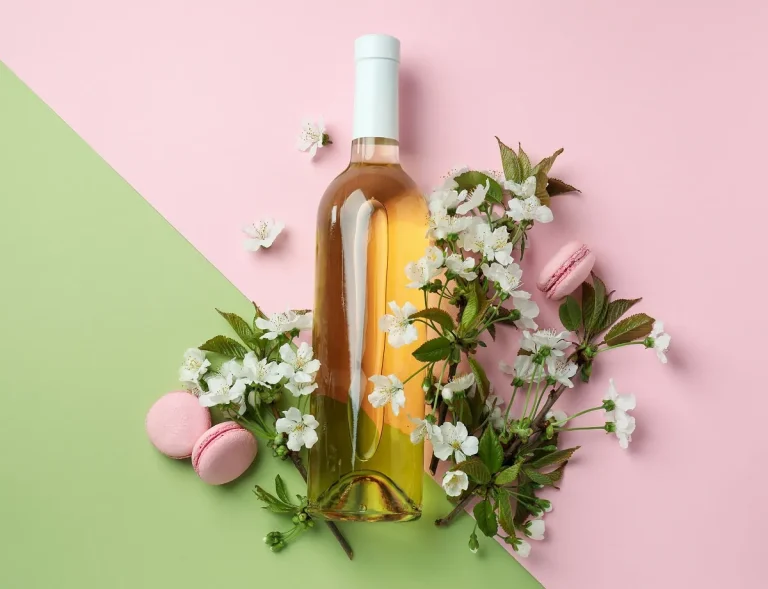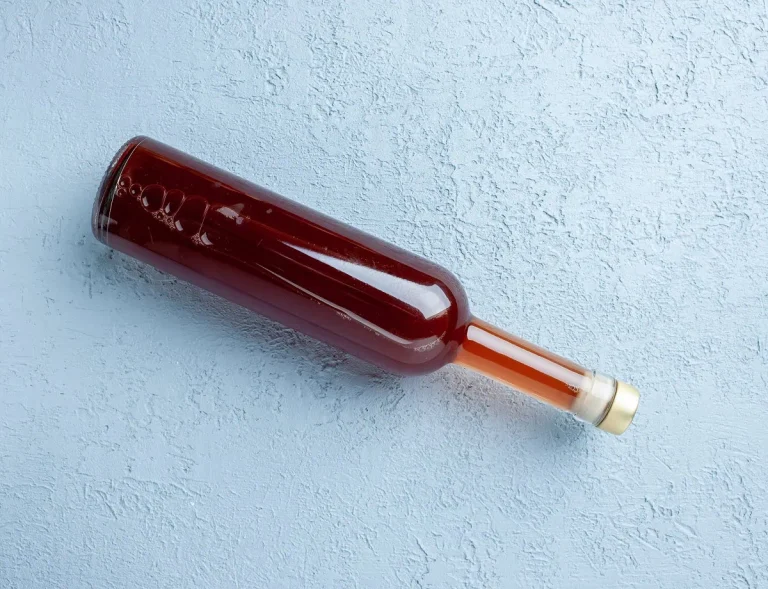🎁 Buy 6 Bottles, Get 6 FREE
Ice Wine Sugar Content

Ice wine contains a high amount of residual sugar, usually between 100 and over 200 grams per liter (or more than 10–20% by weight), classifying it as a very sweet dessert wine. This high sugar concentration comes from grapes that are naturally frozen on the vine, which intensifies the sugars and flavours before pressing. For instance, Canadian VQA standards require grapes to reach a minimum of 35° Brix (a measure of sugar content) for use in ice wine production.
Ice wine is a special favourite among wine lovers and sommeliers, thanks to its sweet, rich flavour. But what makes it so sweet and delicious? The sugar content.
Wondering how much sugar is in your favourite ice wine? Or how it compares to other sweet wines? This guide breaks it all down. We’ll look at the average amount of sugar in ice wine, compare it to other dessert wines, and explain how sugar affects its taste and how long it lasts.
Average Ice Wine Sugar Content by Variety
Ice wine is known for its rich, natural sweetness, which comes from an unusual process where grapes are left to freeze on the vine. When the temperature drops below freezing, the water in the grapes turns to ice. This leaves behind a thick, concentrated juice that is full of sugar and acidity when it’s pressed.
The amount of sugar in ice wine depends on factors like the type of grape, the region where it’s grown, and how it’s made. On average, ice wine usually contains 180 to 320 grams of sugar per litre (g/L), making it one of the sweetest types of wine.
| Wine Type | Sugar Content (g/L) | Tasting Notes |
|---|---|---|
| Riesling Ice Wine | 200–250 | Crisp acidity, floral, refreshing sweetness |
| Vidal Ice Wine | 230–290 | Bold tropical fruits, slightly sweeter profile |
| Cabernet Franc Ice Wine | 180–240 | Strawberry, rhubarb, vibrant and fruity |
| Gewürztraminer Ice Wine | 220–300 | Lychee, rose, intensely aromatic |
| Sauternes (France) | 120–160 | Honeyed, nutty, elegant with balanced sweetness |
| Tokaji (Hungary) | 150–250 | Apricot, citrus, vibrant acidity, ranges with puttonyos |
| Port (Portugal) | 80–110 | Rich, bold, with notes of dried fruits and spice |
| Moscato d’Asti (Italy) | 90–120 | Lightly sparkling, peach, floral, less sweet |
Popular Ice Wine Varieties and Their Sugar Content
- Riesling Ice Wine
With its crisp acidity and floral notes, Riesling ice wine often contains sugar levels around 200-250 g/L, balancing its sweetness with refreshing acidity.
- Vidal Ice Wine
One of the most widely produced ice wine varieties, Vidal tends to be slightly sweeter, ranging from 230-290 g/L, with bold tropical fruit flavours.
- Cabernet Franc Ice Wine
Known for its vibrant strawberry and rhubarb characteristics, Cabernet Franc ice wine typically contains sugar levels of 180-240 g/L.
- Gewürztraminer Ice Wine
This aromatic grape variety usually has sugar content in the realm of 220-300 g/L, offering lush lychee and rose notes.
Comparison with Other Sweet Wines
Wondering how ice wine compares to other famed dessert wines in terms of sweetness?
- Sauternes (France)
A Bordeaux classic, Sauternes has residual sugar levels between 120-160 g/L on average. While still sweet, it’s noticeably less intense than ice wine and often features honeyed and nutty notes.
- Tokaji (Hungary)
Tokaji may offer sugar levels between 150-250 g/L, depending on the number of “puttonyos” (a traditional unit of sugar concentration). Its sweetness is rivalled by its vibrant acidity, similar to ice wine.
- Port (Portugal)
Port wines, particularly tawny and ruby styles, feature residual sugars ranging from 80-110 g/L. Though rich and bold in flavour, they lack the extreme sweetness associated with ice wine.
- Moscato d’Asti (Italy)
With residual sugar levels around 90-120 g/L, Moscato d’Asti presents as a lightly sparkling, less sweet option.
Why Is Ice Wine Sweeter?
Unlike other sweet wines, where grapes are often dried or botrytised, ice wine’s signature sweetness comes directly from the freezing process. This ensures high natural sugar concentration, without the jammy quality or heavy oxidation found in wines like Port or Sauternes.
Want to know how many calories are in a glass of ice wine? Check why ice wine is high in calories, and how it compares to other drinks.
How Sugar Affects Flavour
Sugar doesn’t work alone to create ice wine’s unique taste. The combination of sugar and acidity is key.
- Balance
Ice wine is known for being sweet, but the best ones strike a perfect balance between sweetness and acidity. This keeps the wine from tasting too sugary and gives it a clean, refreshing finish.
- Intensity
The high sugar levels also boost the wine’s aroma and flavour. You’ll find rich, bold notes of ripe fruits like apricots, peaches, and tropical fruits such as pineapple and mango, along with hints of honey. Each sip is thick and luxurious, coating your mouth while leaving you wanting more.
Ice Wine Sugar Content: Sip Carefully
If you’re a fan of dessert wines, learning more about the sugar content in ice wine can help you appreciate it even more. The next time you have a glass, take a moment to enjoy the care and skill that went into making it.
Want to learn more about ice wine health and nutrition? Check our full guide!


